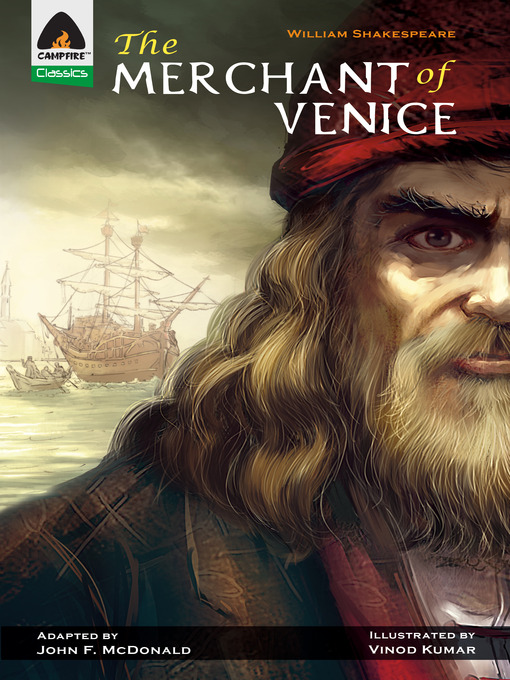A gamble on trading ships at sea, a penalty of a pound of flesh, a contest to win the hand of a rich heiress, and the final rescue in a court of law—The Merchant of Venice has everything to make it one of the most dramatic romantic comedies of Shakespeare.
- All eBooks
- Available now
- New eBook additions
- New kids additions
- New teen additions
- Project Gutenberg Classics
- See all ebooks collections
- All Audiobooks
- New audiobook additions
- New kids additions
- New teen additions
- Most popular
- See all audiobooks collections



